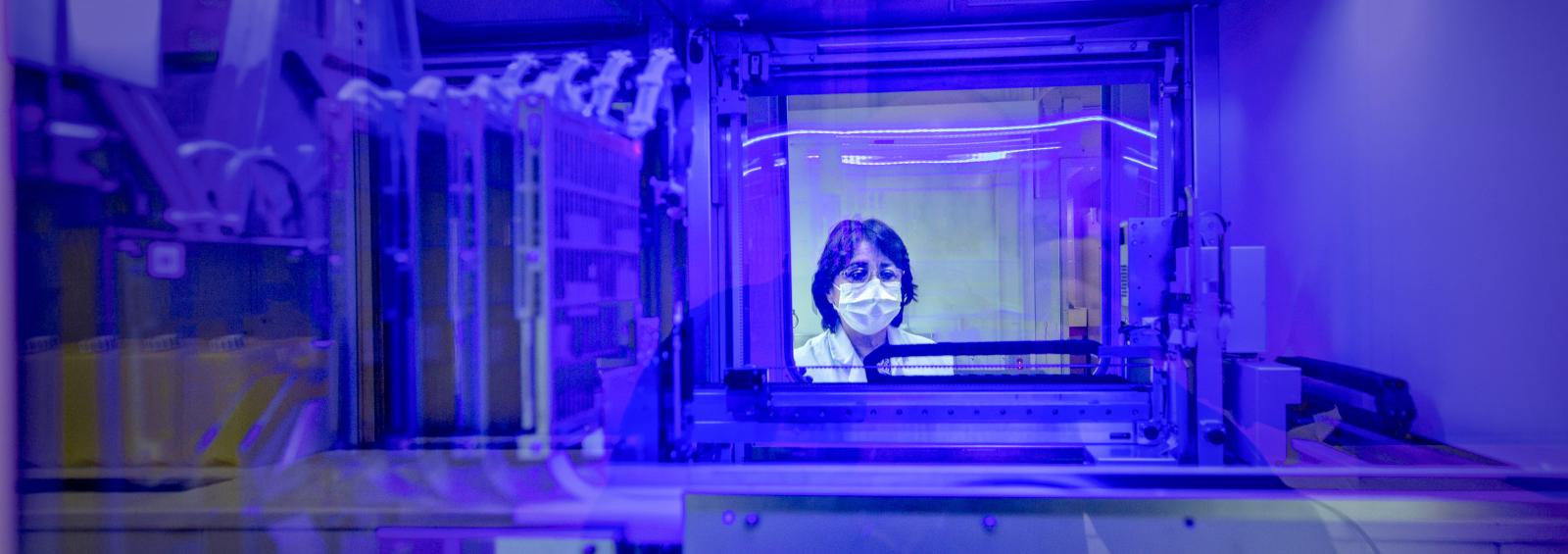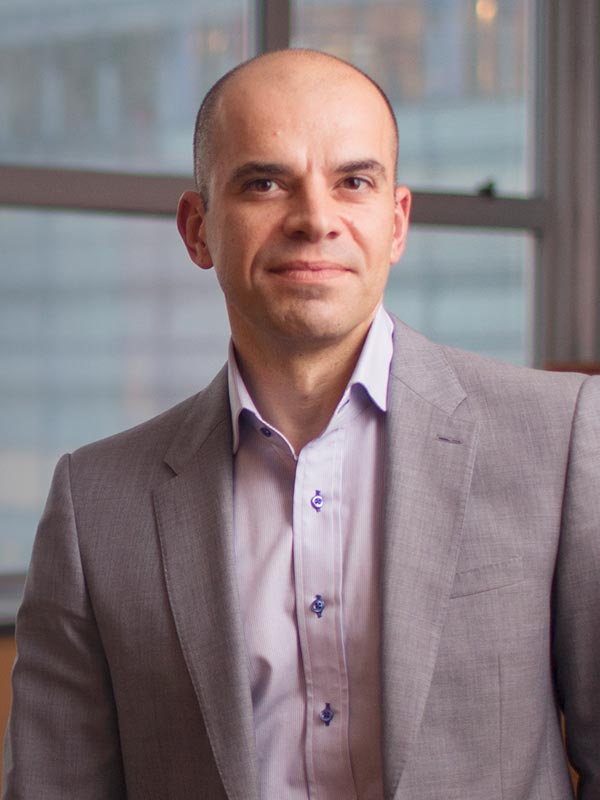About the Department of Pathology


Iannis Aifantis, PhD
Chair, Department of Pathology
Welcome to the Department of Pathology at NYU Langone Health, a vibrant community of clinical pathologists and researchers committed to excellence in patient care, cutting-edge research, and medical and graduate education.
Our department ranks among the top 10 pathology departments in the country, and comprises roughly 100 faculty almost equally divided between clinicians and scientists. We provide a rich academic training environment for more than 150 residents, graduate students, post-residency fellows, and postdoctoral fellows.
Our clinical environment encompasses high-volume diagnostic services at NYU Langone’s Tisch Hospital, NYC Health + Hospitals/Bellevue, NYU Langone Orthopedic Hospital, Perlmutter Cancer Center, and the VA NY Harbor Healthcare System.
As chair, I lead the department with Joan F. Cangiarella, MD, Elaine Langone Professor of Pathology and vice chair of clinical operations, and Stefan Feske, MD, the Jeffrey Bergstein Professor of Medicine and vice chair for science. Our goal is to establish a perfectly integrated department that takes advantage of our department’s strong tradition in anatomic pathology as well as emerging technological advances to achieve scientific breakthroughs and world-class patient care.
Pathology as a discipline and as a department is an ever-changing concept. Technology, education, medical school structure, and clinical practice have all changed significantly in the last few decades. It is obvious that we are transitioning from a conventional “microscope-based” notion of pathology to a discipline that will be driven by distinct aspects of molecular diagnosis that includes molecular testing, cutting-edge imaging, and next-generation sequencing. The concept of a research and clinical department demonstrates that the old structures will not fit future needs, and that pathology has to become a powerful forum of cooperation between basic and clinical scientists, empowering our abilities to discover, translate, apply, and cure. Pathology is uniquely fitted to play this role, as it is a priori a continuum between distinct specialties and fields of science.
My own career was marked by the transition from basic research disciplines to active translational research, all the way to the introduction of novel drugs to clinical trials. Based on this experience, I am aggressive in my effort to marry the excellent basic science already available at NYU Langone to high-level translational and clinical research. Together with my colleagues, we will make huge efforts to identify scientists and physicians who share common interests and enable them to work together as a team. Similarly, we are committed to cutting-edge technology driven by scientific cores and shared resources such as molecular pathology, next-generation sequencing, in vivo imaging, informatics, and high-precision genomics and proteomics.
Medical education is another important aspect of this multipronged effort, as highly trained pathology fellows and residents are in the forefront of this translational research push. We simply cannot afford to miss out on the next generation of physician–scientists, as they are the ones who will translate basic science and lead to breakthroughs in diagnosis and therapy.
When it comes to the clinical side, we have to transition to a new format of diagnosis utilizing modern technologies and train our physicians, making them able to take advantage of recent revolutions, including next-generation sequencing, modern metabolomics, imaging, and patient stratification based on molecular criteria, when needed. We have already started this effort with the opening of new clinical laboratories, including the Advanced Diagnostics Lab, and recruiting both residents and clinical pathologists that fit this future vision.
On the basic research side, we are recruiting, retaining, and promoting researchers who are willing to work outside out of their comfort zone and address innovative translational questions.
Finally, on the educational front, we are working to expand our residency and fellowship programs and support our graduate programs to train talented young scientists and create future clinical and research leaders.
These thoughts briefly describe my vision and provide the guidelines for our effort to move forward. However, none of these can be achieved without the collaboration, dedication, and creativity of everybody in the department. I trust that with all your hard work and collaboration we will soon achieve new heights.